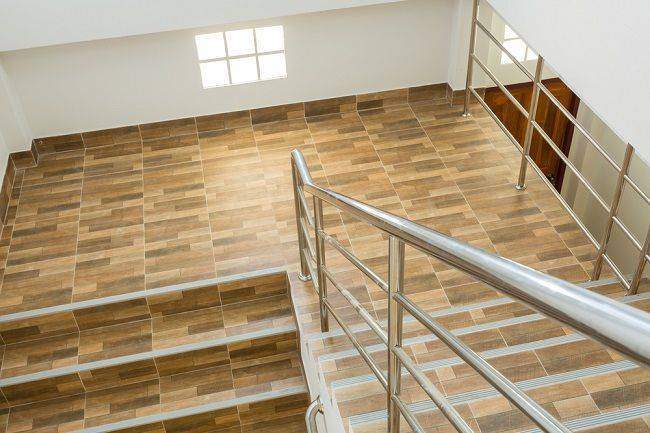
A baluster also commonly known as stair stick or spindle is a shaft, lathe-turned form, or square, which is generally cut from a square or rectangular plank made from wood or stone or even metal, which stands on a unifying footing and supports the handrail of the staircases or the copy of the parapet. It is a row of small columns, which has been topped by a rail. It is used to minimize the possibility of a person falling from the staircases or making the area a private space.
The idea of balustrades has been in use from the early 13th – 17th century BC in the Assyrian palaces. However, today, the scenario has changed and the most widely used balustrades are steel balustrading. They can be used in various forms such as square steel poles or rounded ones. They can be decorated with several ornate with numerous shapes, which can be cut and fitted.
Types of steel balustrade
Steel balustrading is a common choice in balustrades since it is the most versatile and durable material that can be used. They are much strong and have superior toughness and strength as compared to other available materials. If aluminum is used the oxidation layer tends to pit and even becomes white in color. Since aluminum is much soft, it becomes prone to dents and scratches on the surface. There are 3 types of steel that can be used for making the railing system. The most common type of steel that can be used is explained below.
1. Carbon Steel
It contains about two percent carbon, which makes it hard and strong. It is the cheapest and is used for indoor steel balustrading, where there is minimal exposure to natural hazards. The steel needs a protective powder coating which reduces the corrosion and is usually available in several color ranges. However, this type of balustrades needs regular maintenance and care, as it is prone to wear and tear, especially in areas where there is high footfall. Neglecting the minor issues would make them turn into major ones and would require costly repair works.
2. 304-Grade Stainless Steel
It is much easier to maintain though much expensive than the former one. Generally, 10.5 percent of chromium and about 8 percent nickel are present in this. Adding chromium to the steel usually increases the power of resisting corrosion and rust. There are several types of stainless steel available in the market of which 304 or 316 is commonly in use. It does not require any protective coating and can accept paint or powder coating directly. Here, satin finishes can be applied to increase the aesthetic value of the staircases, which would protect it from corrosions. They can be used both in indoor and outdoor environments. It is much easier to maintain and does not require regular care.
3. 316- Grade Stainless Steel
The chromium content of the steel resists corrosion when it interacts with the air. It oxidizes itself to a stable protective layer than reduces the amount of oxidation thus prevents rust. However, it catches rust easily in the chlorinated area such as swimming pools. This type of stainless steel contains a higher concentration of nickel and about 2 percent of molybdenum. This type of steel is commonly used in the outdoor environment, especially in harsh environmental conditions.
Things to check
A few things to check before choosing the Steel balustrading are explained below.
- The environmental condition of the place
- The average estimation of the footfall and traffic in that area
- The amount of maintenance that it would require and whether it would be possible to provide it
- The budget for installing the balustrades
Thus, these are a few essential things about steel balustrading.